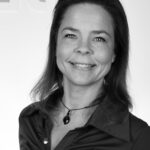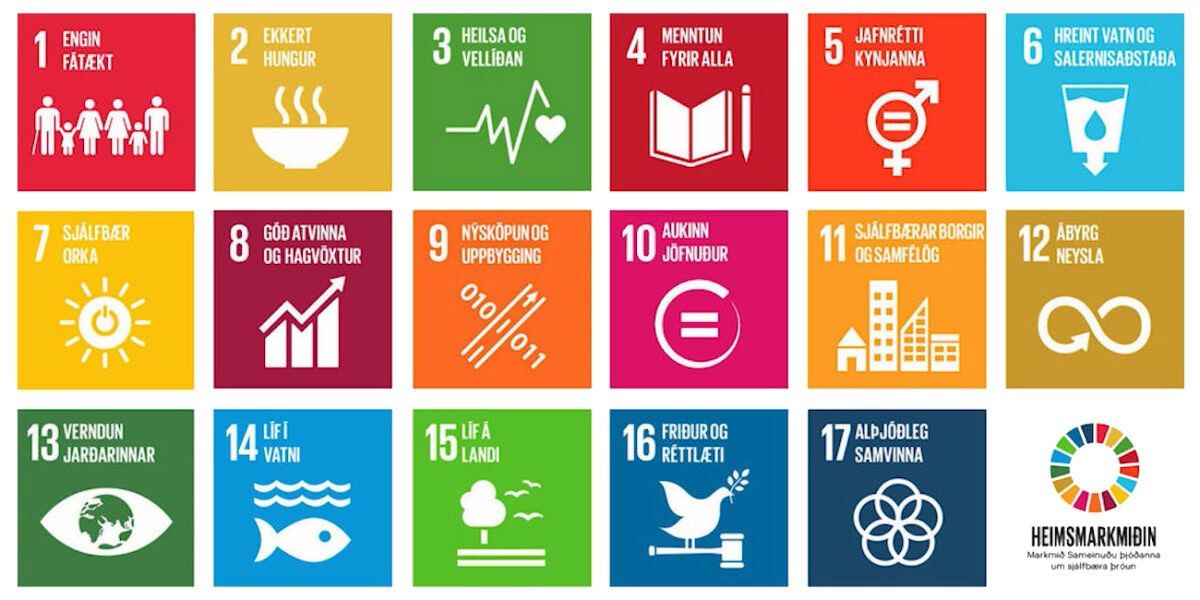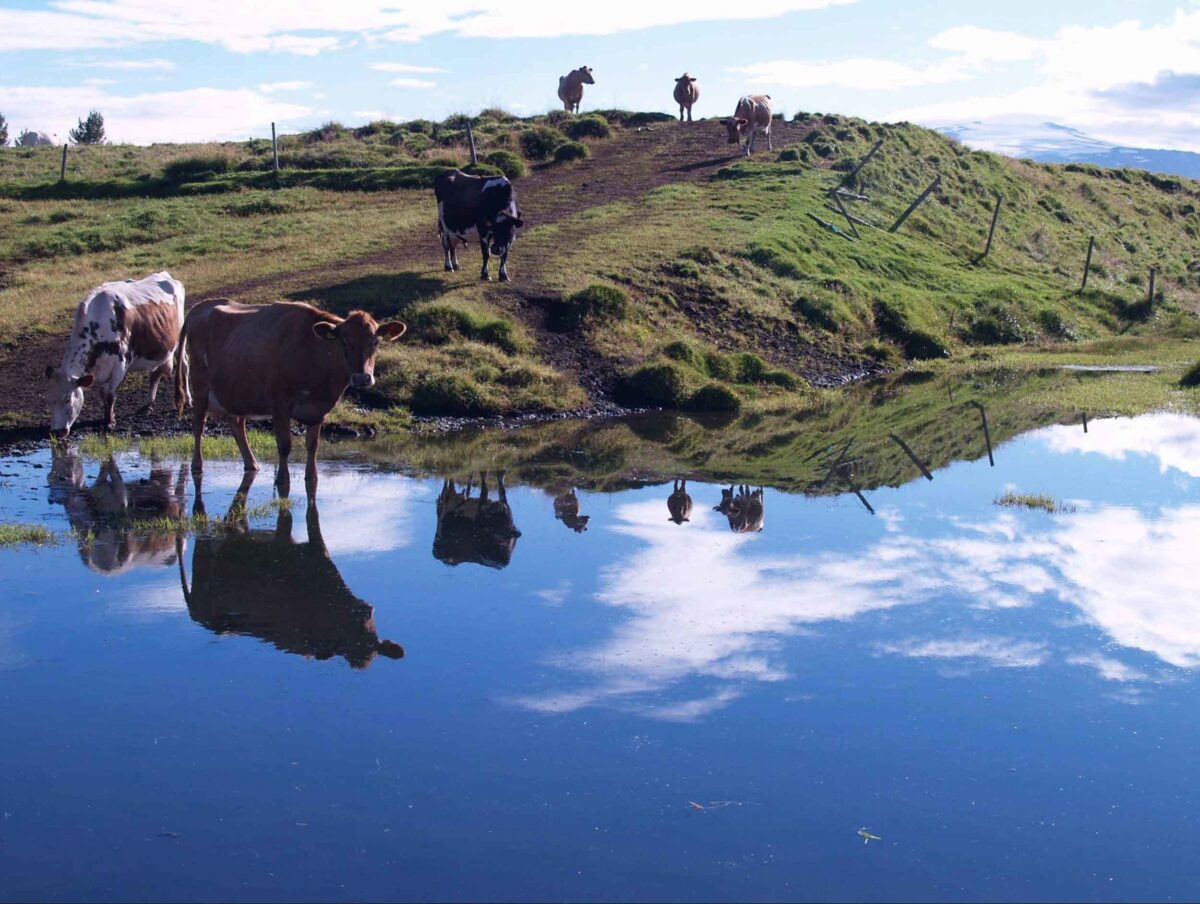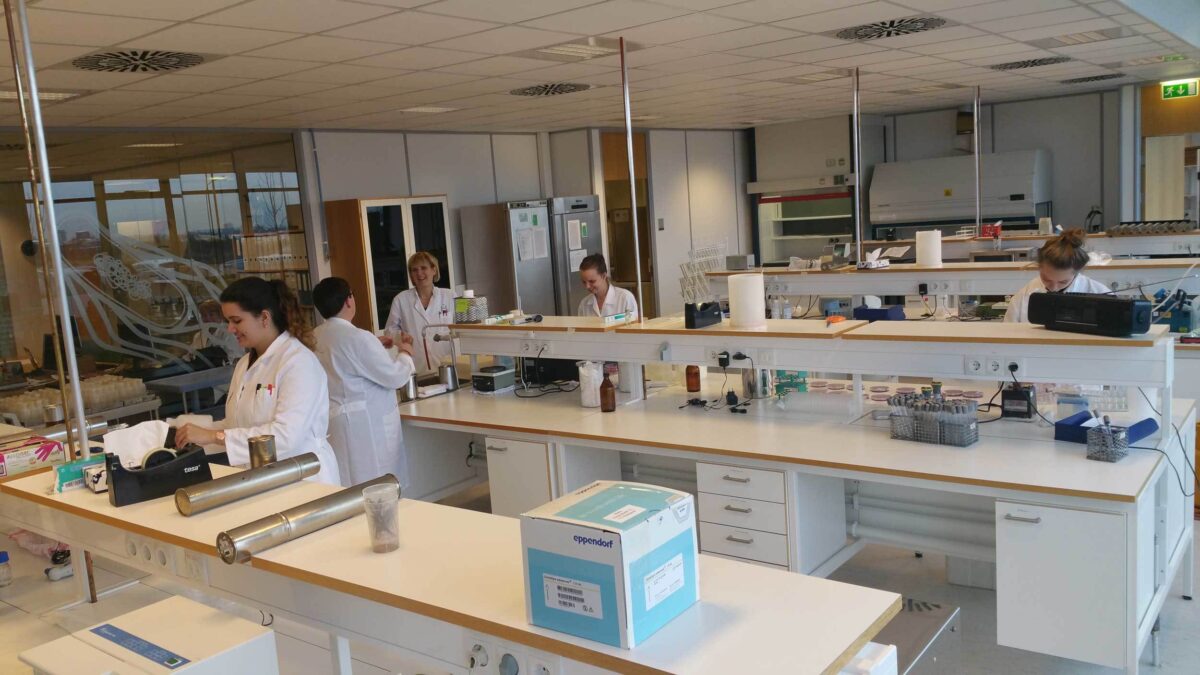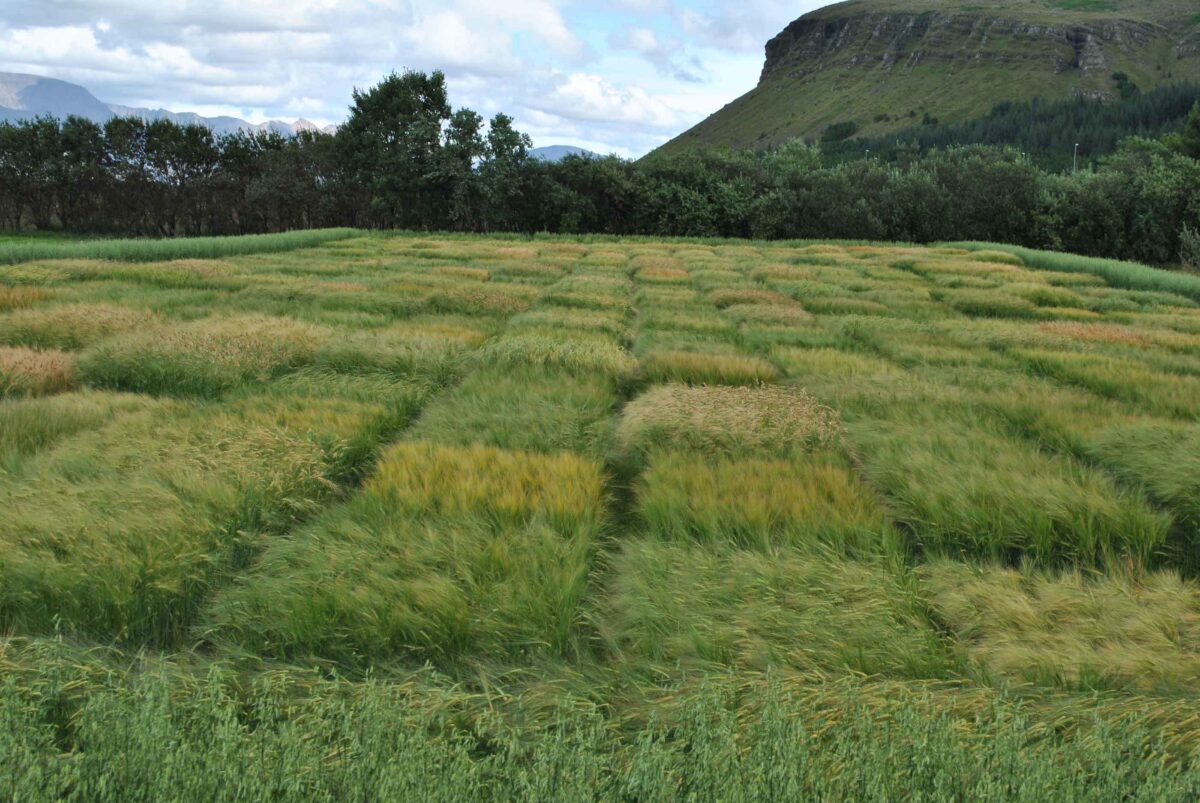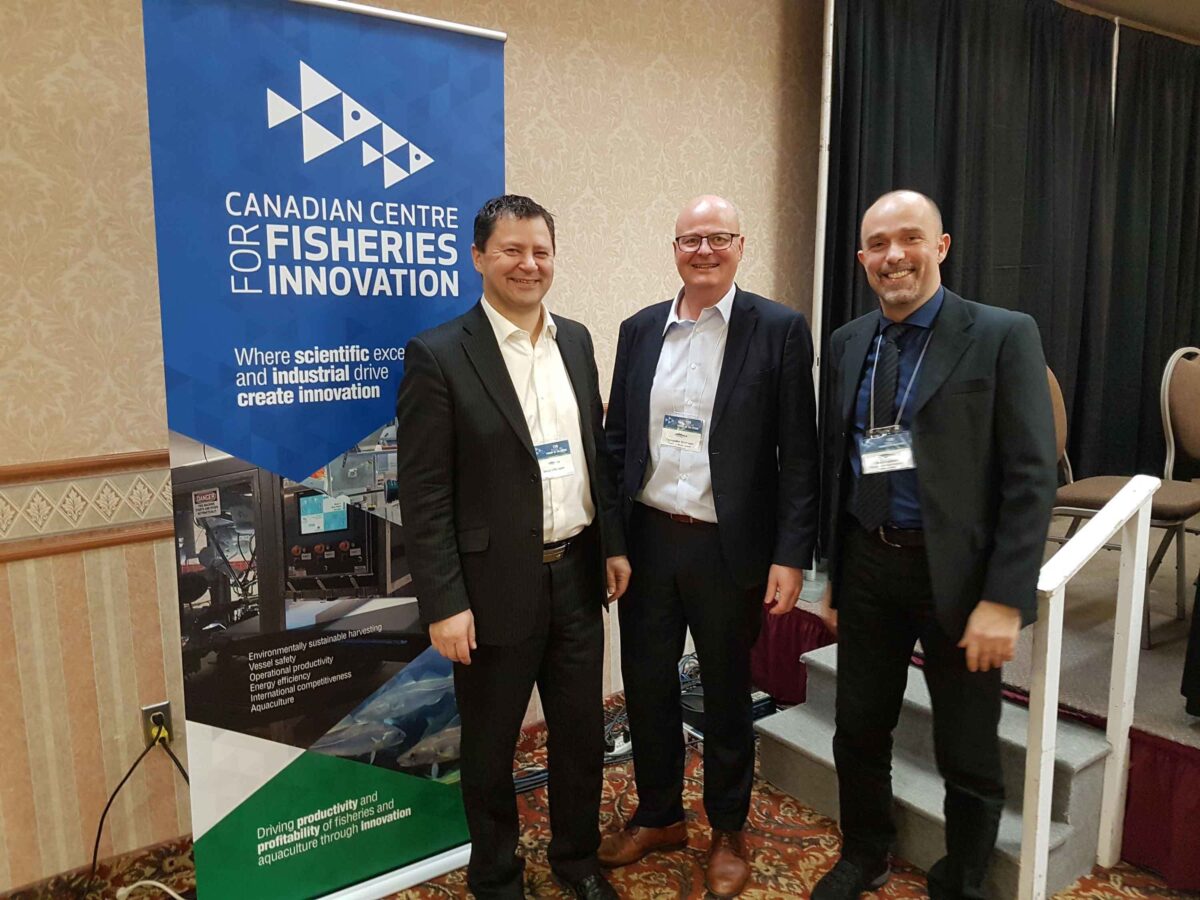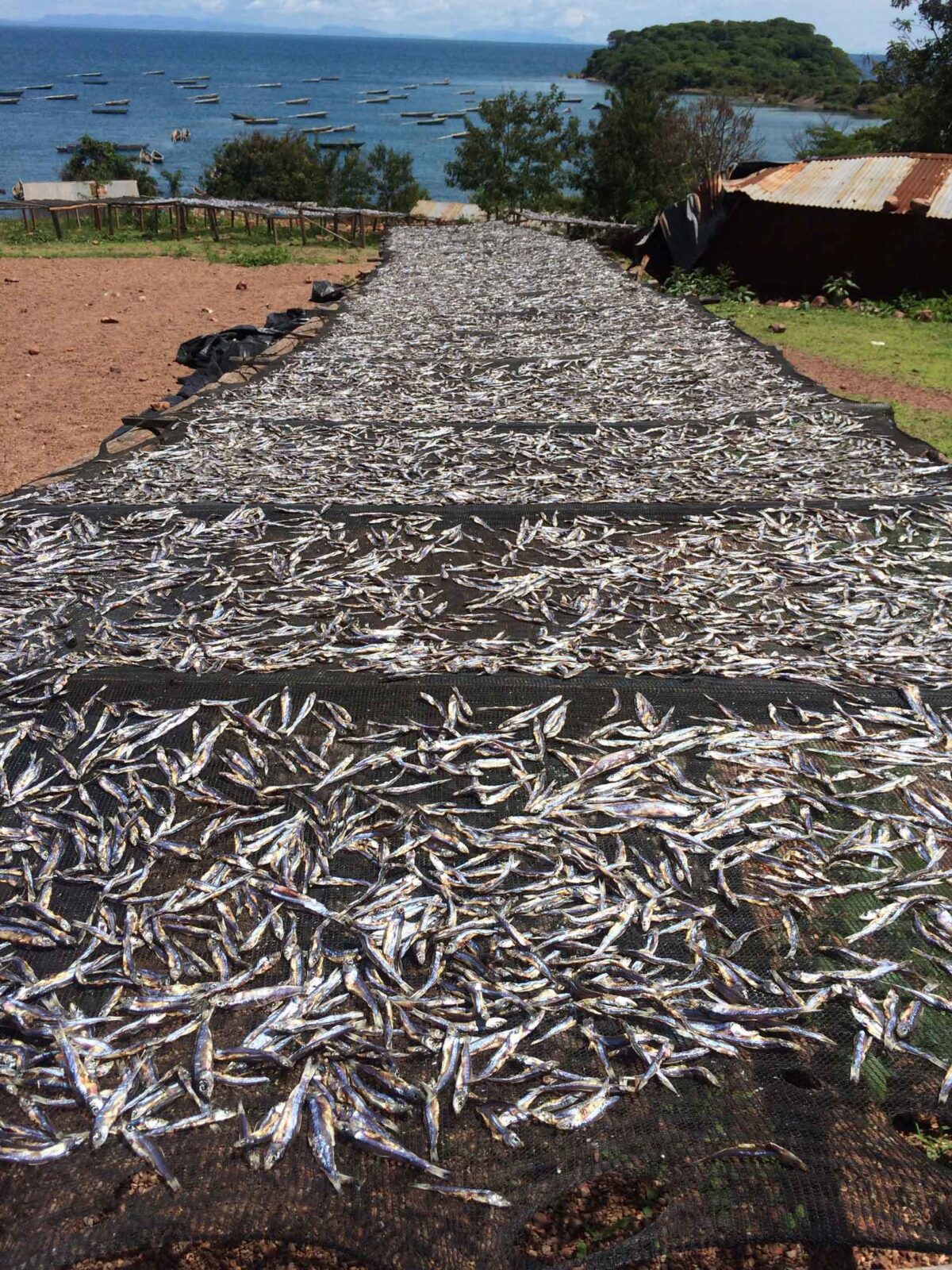Authenticate: Workshop proceedings
Growing societal demand for food authenticity, safety and broader food security is creating both new opportunities and increased challenges for Nordic food suppliers, manufacturers and retailers. The mislabeling of food products came to great prominence during the 2013 “horse meat scandal” in Europe, when a range of supposedly beef products were found to contain horse meat. What makes this discovery surprising is that it took place despite the clear set of European Union (EU) regulations relating to food traceability and labeling, which require a complex system of checks to ensure that food remains authentic and traceable. Research have shown that the seafood sector is particularly vulnerable when it comes to fraud, partly due to the fact that seafood is the world's most international traded food commodity and because seafood has extreme biological diversity and variable characteristics that can create or hamper competitive advantage in marketing of products. Among the issues relevant to this discussion are species substitution, false claims of origin, social responsibility, sustainability, food safety and fair trade. A handful of Nordic institutes and companies came together a few years ago to initiate networking among stakeholders in the Nordic seafood industry, with the aim of discussing the challenges and opportunities related to food integrity for the sector. As results a series of workshops were organized in Iceland, Norway and Denmark; and the outcome of these workshops were then discussed at a final workshop held in Faroe Islands on Nov. 14th 2017. This report contains the proceedings from that workshop.
Integrity in the food trade has been much debated in recent years and the fisheries sector has not been spared that discussion. Research has shown that the fraud rate is particularly high in seafood trade. A number of studies have been conducted, for example, where species fraud has been examined in a haze, and many of these studies have shown that the common rate of such fraud is around 30%. Other types of fraud are, for example, false statements about sustainability, wholesomeness, country of origin, etc. Several Nordic institutions and companies came together in 2014 and decided to try to create a forum for integrity in the seafood trade. They obviously felt that there were opportunities in Nordic co - operation in this field. Subsequently, workshops were held in Iceland, Norway and Denmark. The results of those meetings were then discussed at a final meeting that took place in the Faroe Islands on 14 November. 2017. This report contains a discussion and meeting documents from that meeting.


